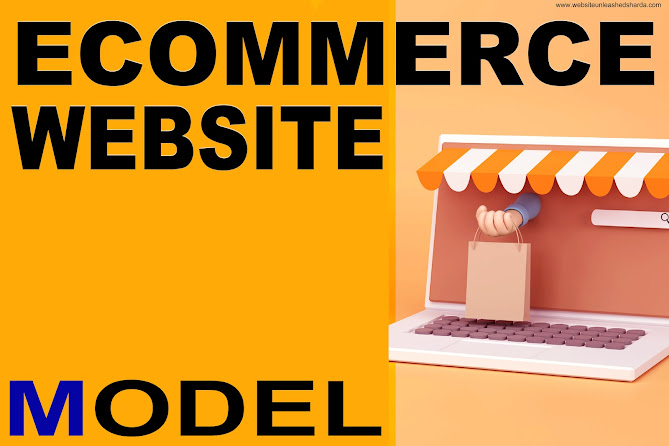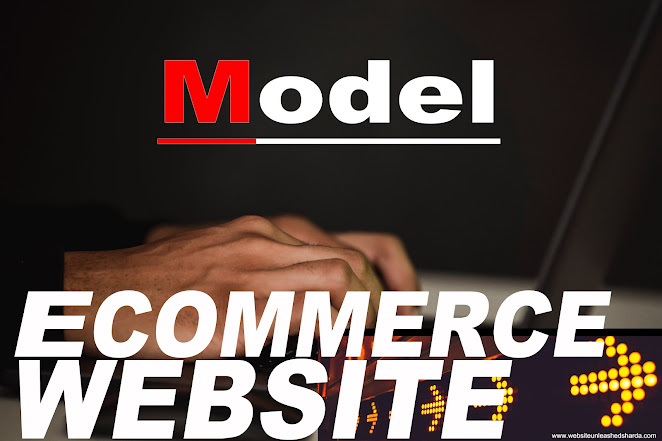Different types of Ecommerce
Different types of Ecommerce
“In carrying out e-commerce, the most important thing is to keep doing what you are doing right now with passion, to keep it up.” - Jack Ma
Ecommerce is the use of the Internet to buy and sell products and services. Ecommerce is popular today because of the convenience it offers, the cost benefits for the sellers and the money paid for by the customers, and because of the anonymity it provides. Knowing the different types is important because it will allow you to make the right decisions.
There are five types of Ecommerce:
1. Business to consumer (B2C)
The first form of Ecommerce, which is also widespread, is the Business to Consumer or B2C model. This is an online business that sells (retails not wholesales) to individual customers. The B2C model that grew after 1995 will be the most popular Ecommerce segment today. This model works because marketers and sellers use clear data and various marketing tools to sell their products to people online. The user uses the shopping cart for everything he needs and pays by credit card or through a payment gateway like PayPal. An example of this model is where a pharmacist gives medical advice, free or not, and then sells the medicine.
SEO related posts
Sales and advertising related posts
2. Business to business (B2B)
Based on revenue, Business to Business is the largest form of Ecommerce, involving billions of dollars. As the name suggests, the buyer and seller are business entities. An example is a manufacturer who ships his product to a wholesaler or retailer.
3. Customer to customer (C2C)
Customer-to-consumer Ecommerce facilitates online transactions and services between web users. However, both internet users cannot complete transactions without the platform provided by an online seller like eBay.
4. Peer to peer (P2P)
Peer-to-peer Ecommerce is principally a technology that allows for sharing resources and computer files without the need for a central web server. To communicate on a common platform, both parties must install the required software. The P2P model is not very popular because it often violates cybersecurity laws due to its tendency to use it for free.
5. m-commerce
The Ecommerce model m-Commerce refers to the use of mobile devices such as cell phones to conduct business online. Today, web designers optimize websites so that they can be viewed on mobile devices and enable m-Commerce.
Other models (types) of Ecommerce include government to business (G2B), government to citizen (G2C), and business to employee (B2E).
Recommended posts









Comments
Post a Comment